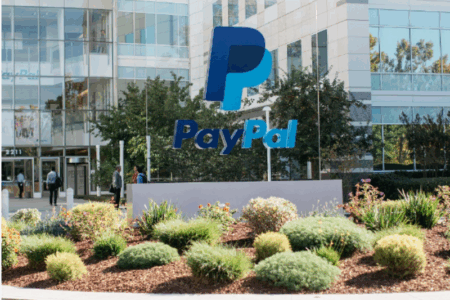Singapore’s Vaccinated Travel Lanes (VTLs) have been extended to 11 countries, and the travel floodgates have opened.
After being cooped up at home for almost two years, it’s not surprising that Singaporeans are itching to travel.
VTLs are attractive as it offers a quarantine-free travel experience without the hassle of serving a stay-home notice.
The VTL program was started on 8 September with two countries: Germany and Brunei.
On Saturday, the VTL scheme was expanded to nine more countries including places such as South Korea, Canada, France and Denmark.
The news has led to a frenzy of travellers looking to book flights.
Shortly after the announcement, Singapore Airlines Limited’s (SGX: C6L), or SIA’s, website crashed from the flood of traffic, albeit briefly.
In turn, SIA’s share price jumped as much as 9% at one point this morning.
Is the reopening of Singapore’s travel lanes the turning point the airline has been waiting for?
Opening Singapore up
Prime Minister Lee Hsien Loong had reiterated in a televised address last Saturday that Singapore cannot stay “locked down and closed off indefinitely”.
In his speech, he said that COVID-19 is now classified as a “manageable disease” with around 83% of Singapore’s population fully vaccinated.
The statement is a clear break from the country’s previous stance of trying to eliminate all infections, known as “COVID-Zero”.
This new approach should see Singapore gradually opening up its borders to more countries, signalling the desire to recover lost ground for travel and tourism.
It should be sweet music to SIA’s ears as the airline readies itself for a sustained recovery.
However, this “new normal” is expected to take three to six months to achieve as the country needs to prepare its healthcare system for a rise in severe infections.
Scheduling more flights
In response, SIA and its budget arm Scoot have wasted no time in ramping up designated flights to carry vaccinated travellers to and from destinations under the VTLs.
In a statement on Saturday, Scoot said that it will resume its three times a week non-stop flights between Singapore and Berlin.
At the same time, SIA will start operating VTL flights from Singapore to major cities such as Amsterdam, London, New York, Paris and Rome starting 19 October.
Given the high interest, investors should see significantly improved passenger numbers and load factors in November when the full month kicks in for all 11 VTLs.
Longer stays could be on the cards.
Multi-city itineraries are allowed if customers meet the 14-day travel history requirements, thereby increasing the chances that people will book comprehensive tours and give beleaguered industries such as tourism and airlines a major boost.
Gradual increase in passengers
Source: Singapore Airline’s Operating Numbers (SGXNet); compiled by author
SIA has already been enjoying a steady increase in passenger numbers even before the announcement of the increase in VTL countries.
The graph above shows passenger numbers have been trending upwards since March earlier this year, more than doubling from the low of February to hit 155,400.
When SIA releases its September numbers, we should see this number jump even further as the first VTL started early that month.
While this is still a far cry from the 3.5 million passengers that SIA carried in December 2019, it represents a much-needed path to normalcy for the airline.
Daily arrivals cap
Investors should refrain from getting too excited, though.
A daily cap of 3,000 arrivals per day for the VTL scheme is still in force.
As such, capacity will be artificially constrained as SIA needs to run dedicated VTL flights.
With limited options and demand greatly exceeding supply, prices may get pushed up, putting would-be travellers off.
The technical glitches associated with SIA’s website could continue if the surge in demand carries on as Singapore opens up more VTLs.
Unless the cap is either relaxed or removed, SIA’s capacity will be constrained and the higher-priced fares may deter travellers from booking flights until other airlines can ramp up their capacity to ease the crunch.
Get Smart: Demand can’t be satisfied by supply
In the short term, the airline will see a huge surge in demand and can run more flights to cater to take advantage of it.
Revenue is set to rise along with the increase in passengers.
However, with constraints still in place, the carrier may not achieve breakeven yet.
It may take many more months and more VTLs before SIA can safely claim that it’s out of the woods.
There is, for now, light at the end of the tunnel.
Disclaimer: Royston Yang does not own shares in any of the companies mentioned.





